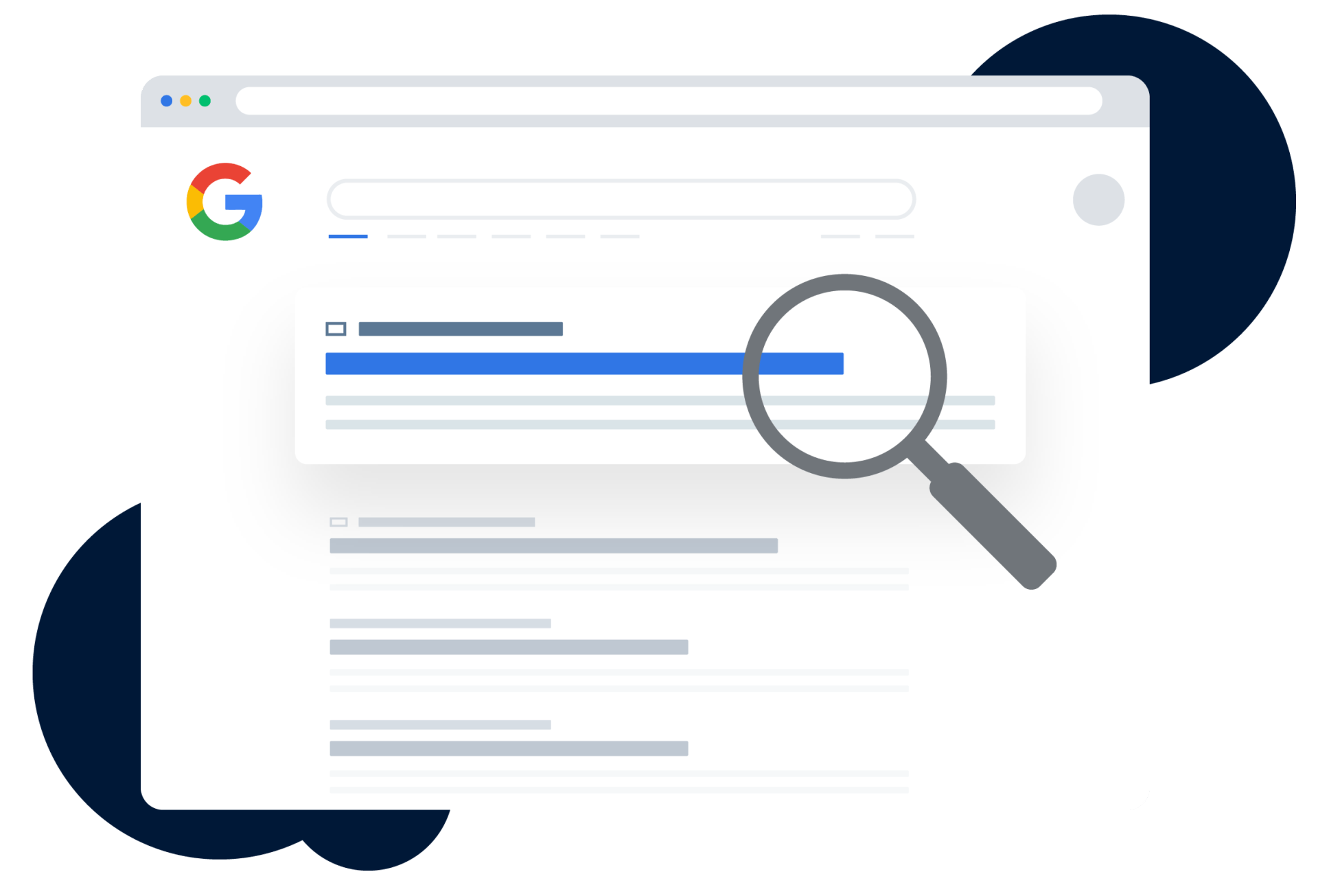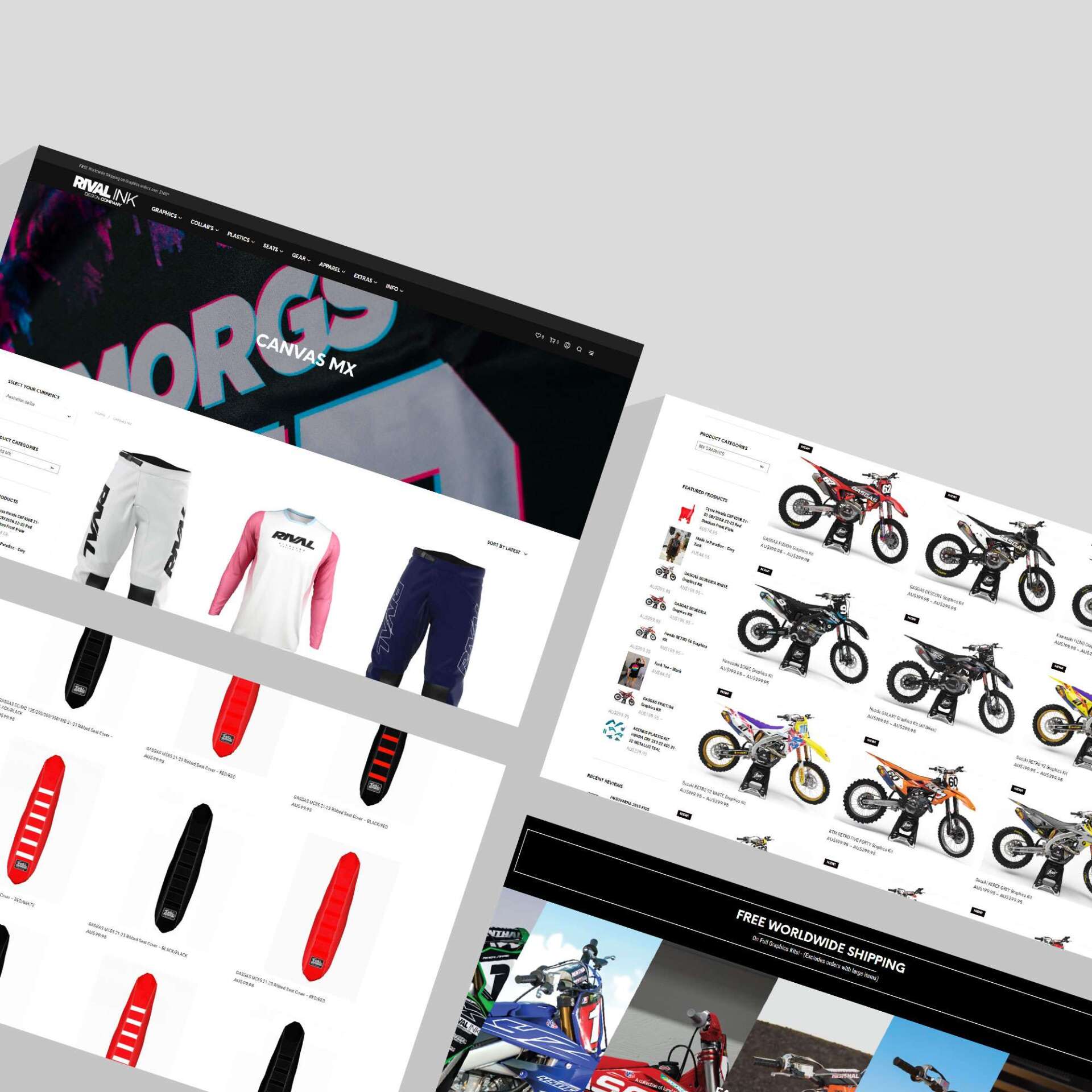Call-To-Actions To Catch Visitors Attention

If you’re a small business owner creating a website, you are likely to have been advised to use alluring call-to-action’s (CTAs) to convince your target audience that clicking on your site’s content is a must.
Having a powerful CTA, get’s people to take action. Whether your business’ goal is to get your audience to make a purchase, subscribe or book your service.
However, crafting an effective CTA isn’t all that easy. You want your CTA to stand out without the risk of sounding pushy or too much like a sales pitch, but with only so many words you can use to get your visitor to turn into a subscriber or buyer, you don’t want to run the risk of sounding repetitive.
To help you master the art of irresistible CTA’s, here are some of our favourite examples and the best practices for writing one.
What does a Call-To-Action do?
A Call-To-Action is a short phrase that encourages your target audience to do the desired action on your site, email or advertisement. CTAs are commonly designed as clickable texts. Images or buttons that guide users to the next step you want them to take.
CTAs can also look like plain texts with no link. Creating powerful and effective CTA’s can help your business grow, affect your conversion and potentially give you more sales and leads.
Tips for crafting effective CTAs
Action words
When writing a CTA you want to build a sense of urgency to encourage people to take action, the best way to do this is by using action words.
Some common types of CTA action words are:
- Buy
- Add to cart
- Shop
- Get Started
- Sign Up
- Subscribe
- Swipe Up
- Learn more
- Download
First-person
Writing your CTAs in the first person grabs your visitors attention and potentially prompting them to respond.
Short and straightforward
It’s best to avoid lengthy texts for your CTAs and to have too many CTAs on your website. This way your message stands out from the less central information.
Your CTA isn’t the place for fun witty descriptions. Though this doesn’t sound like the most exciting form of copywriting, keep in mind that your CTA is meant to be the final step in your process. It’s meant to give that final push to your audience.
Know where your audience is at
If you can anticipate where your audience’s readiness is, you can influence their choice in clicking. Look at your conversion and click-through rates to find the relevant information about your audience.
Do a bit of research on your target audience. If you can get a general sense of what motivates them to make a purchase you have the leverage of creating a more effective CTA.
Easy to find
Ensure your CTAs are easy to spot. Consider using contrasting colours, sizes and other strategically designed elements for your CTA buttons.
Remember, the placement of your CTA impacts its performance. It’s recommended that that CTA be located in prominent places on your site, that the space around them be clear and away from other competing buttons.
Test, Track, and Improve
Once you’ve created your CTA, make sure you track its impact. Analyse the success rate of your CTA as well as your websites overall performance.
After tracking and measuring your CTAs performance, you now have the knowledge to compare and improve your CTAs. You can do different tests to measure which phrases are the most effective for your audience.
Creating a website and learning about your audience’s behaviour can be time-consuming. If you’re running a small business, you might not have the spare time to do all these things and to fully optimise your website. This is where professionals like our team at RankingCo come in.
We’ll be more than happy to talk you through your digital marketing and website needs.
Get in contact with us today and see how we can achieve your business goals.














